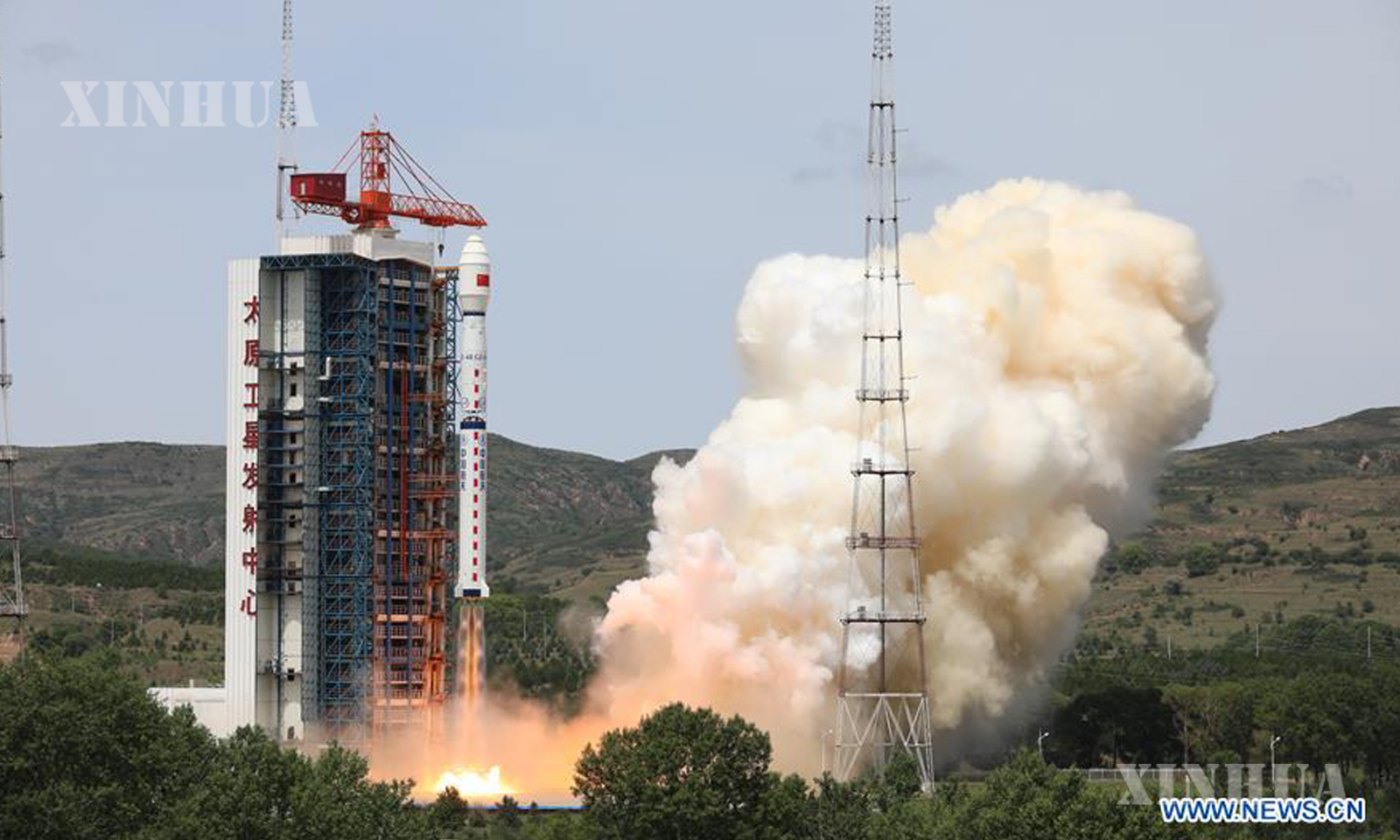China
တရုတ်နိုင်ငံက ရုပ်ထွက်မြင့်မားသော ဘက်စုံစနစ်သုံးပုံရိပ်ဖမ်းဂြိုဟ်တု အသုံးပြုနိုင်ပြီဖြစ်

ပေကျင်း၊ ဇန်နဝါရီ ၂၀ ရက် (ဆင်ဟွာ)
တရုတ်နိုင်ငံ၏ ရုပ်ထွက်မြင့်မားသော ဘက်စုံစနစ်သုံး ပုံရိပ်ဖမ်းဂြိုဟ်တုအား တရားဝင် အသုံးပြုနိုင်ပြီဖြစ်ကြောင်း တရုတ် အမျိုးသား အာကာစီမံအုပ်ချုပ်မှုဦးစီးဌာနက ဒီဇင်ဘာ ၂၀ ရက်၌ ပြောကြားခဲ့သည်။
အဆိုပါ ဂြိုဟ်တုအား တရုတ်နိုင်ငံ မြောက်ပိုင်း ဆန်းရှီးပြည်နယ်၊ ထိုက်ယွမ် ဂြိုဟ်တုလွှတ်တင်ရေးစင်တာမှ ၂၀၂၀ ပြည့်နှစ် ဇူလိုင် ၃ ရက်က လွှတ်တင်ခဲ့ခြင်းဖြစ်သည်။ ၎င်းဂြိုဟ်တု၏ ဂြိုဟ်ပတ်လမ်းကြောင်းအတွင်း စမ်းသပ်မှု သုံးသပ်ချက်အနှစ်ချုပ်မှာ ၂၀၂၁ ခုနှစ် ဒီဇင်ဘာလက ပြီးစီးခဲ့သည်။
စစ်ဆေးမှုရလဒ်အရ ဂြိုဟ်တုသည် အခြေအနေကောင်းမွန်လျက်ရှိကြောင်း၊ လုပ်ဆောင်မှုကောင်းမွန်ကြောင်းနှင့် အသုံးပြုနိုင်ရေးအတွက် အခြေအနေများရှိကြောင်း ဖော်ပြထားသည်။ (Xinhua)
……………………………….
(English Version)
China’s high-resolution multi-mode imaging satellite put into use
2022-01-20 16:24:44
BEIJING, Jan. 20 (Xinhua) — China’s high-resolution multi-mode imaging satellite has been officially put into use, according to the China National Space Administration Thursday.
The satellite was launched on July 3, 2020 from the Taiyuan Satellite Launch Center in north China’s Shanxi Province. The summary review of its in-orbit test was completed on December 17, 2021.
The test results show that the satellite is in good condition, works well, and has the conditions for putting into use. Enditem
Photo : A Long March-4B carrier rocket, carrying a high-resolution multi-mode imaging satellite, is launched from the Taiyuan Satellite Launch Center, July 3, 2020. China successfully sent a high-resolution multi-mode imaging satellite into the planned orbit from the Taiyuan Satellite Launch Center in north China’s Shanxi Province Friday. The satellite was launched by a Long March-4B carrier rocket at 11:10 a.m. (Beijing Time), according to the China National Space Administration. (Photo by Zheng Taotao/Xinhua) (Photo by Zheng Taotao/Xinhua)






